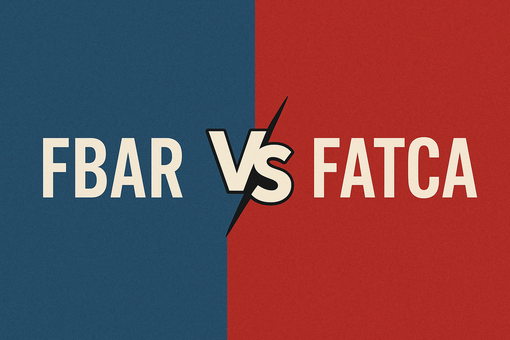Form 8615: Tax for Certain Children Who Have Unearned Income

Filing taxes can be a complicated and confusing process, especially when it comes to certain forms.
One of the forms that may be required for families with minor children is Form 8615, also known as "Tax for Certain Children Who Have Unearned Income."
This form is used to report and calculate the tax liability of minors who have investment income exceeding certain thresholds set by the IRS.
The purpose of this form is to ensure that minors do not use their lower tax brackets to reduce their tax liability on unearned income from investments.
What is Form 8615?
Form 8615 is used to report unearned income, such as interest, dividends, and capital gains, from investments by minors. The form is required when the child's unearned income exceeds certain limits set by the IRS.
It calculates the child's tax liability, which may be different from the tax liability of the parent or guardian.
It is important to understand the purpose of this form and when it is required in order to properly report and calculate a child's tax liability.
Who is required to file Form 8615 and when?
Form 8615 is required to be filed for a child who satisfies all the following criteria:
- The child's unearned income exceeded $2,500.
- The child is obligated to file a tax return.
- The child meets one of these age-related conditions:
- Was below 18 years of age at the end of 2023,
- Was 18 years old at the end of 2023 and had earned income not exceeding half of their own support, or
- Was a full-time student aged between 19 and under 24 at the end of 2023 and had earned income not exceeding half of their own support.
- One or both of the child's parents were alive as of the end of 2023.
- The child is not filing a joint tax return for the year 2023.
NOTE! These thresholds are subject to change each tax year and may be adjusted for inflation. The parents or guardians must file Form 8615 with their tax return if the child's unearned income exceeds these limits.
The child's income may also be subject to the "Kiddie Tax," which is a tax on the unearned income of children.
In addition to these thresholds, it is important to consider any other factors that may affect the child's tax liability, such as investment expenses and capital losses.
What info is included on the Form 8615?
Form 8615 includes information about the child's investment income, as well as any related expenses and losses. The following information is required to be included on the form:
- The child's name, address, and social security number
- The parents' or guardians' name, address, and tax identification number
- A detailed list of the child's investment income, including the source and amount of each item of income
- Any expenses related to the child's investments, such as investment management fees
- Any capital losses sustained by the child
NB! It is important to accurately and thoroughly complete Form 8615 in order to properly calculate the child's tax liability.
Form 8615 preview
How to file Form 8615
Form 8615 is a crucial form that must be filed along with the parent's or guardian's tax return.
The following steps provide a more detailed overview of how to file the form:
- Gather all required information, including the child's investment income, expenses, and losses. This information should be gathered from all sources of investment income, including stocks, bonds, and mutual funds.
- Complete Form 8615, including all required information. Ensure that all information provided is accurate and complete, as any errors or missing information may result in a delay in processing the tax return or a correction notice from the IRS.
- Attach Form 8615 to the parent's or guardian's tax return. It is important to ensure that the form is securely attached and will not become separated during the submission process.
- Submit the tax return, including Form 8615, to the IRS. The tax return and Form 8615 can be submitted electronically or by mail. It is recommended to retain a copy of the tax return and Form 8615 for your records.
If you have questions or concerns about filing Form 8615, a tax pro can provide guidance on completing the form accurately and ensure that all required information is included.
Unsure of each piece to be filed?
Get your free tax consultation
To sum up
IRS Form 8615 is a crucial form for parents or guardians of minors who have investment income exceeding certain thresholds set by the IRS. The form is used to report and calculate the child's tax liability, which may be different from the tax liability of the parent or guardian.
It is important to understand the requirements and thresholds for filing Form 8615, as well as the information required to be included on the form.
FAQ
The parent or guardian is responsible for filing Form 8615 along with their tax return to report and calculate the tax liability on the child's investment income.
Form 8814 is used by parents for children under 14 with investment income above a certain threshold. Form 8615 is for children aged 14 to 17 with investment income exceeding a specified threshold, to report and calculate tax on their investment income.
While the child is technically responsible for the kiddie tax on their investment income, it is the parent or guardian's responsibility to report this income and calculate the tax due using Form 8615.
The kiddie tax applies to children aged 14 to 17 who have investment income exceeding a certain IRS-set threshold and are claimed as dependents on their parent's tax return.



